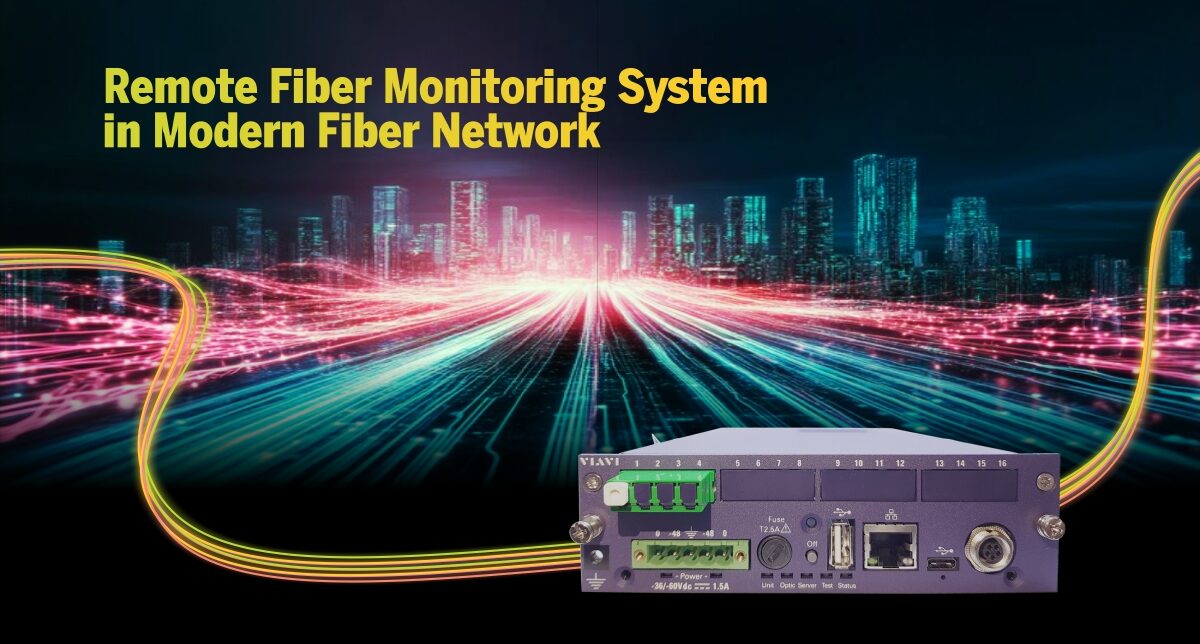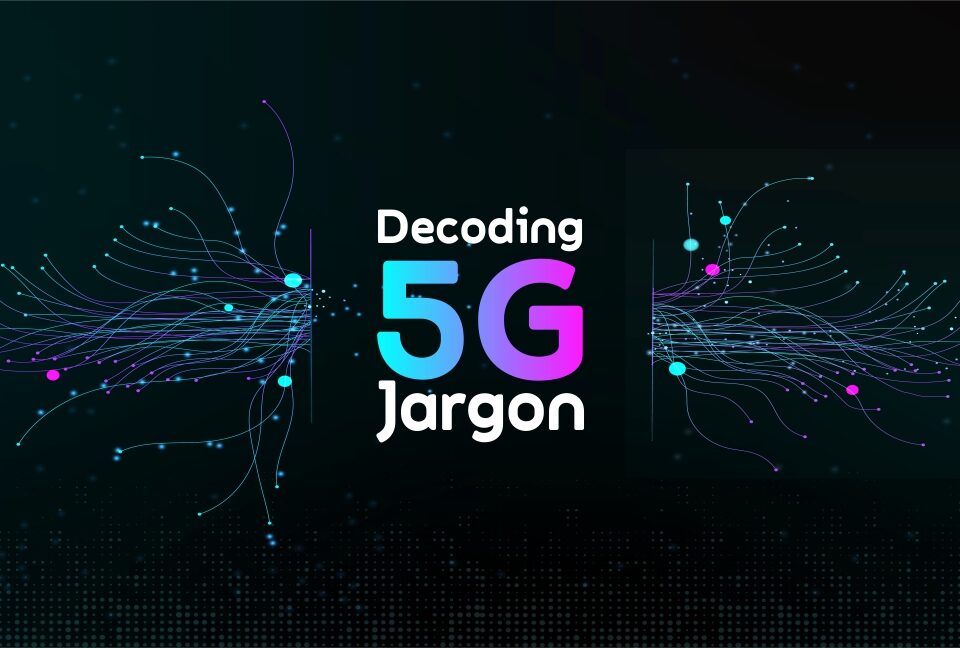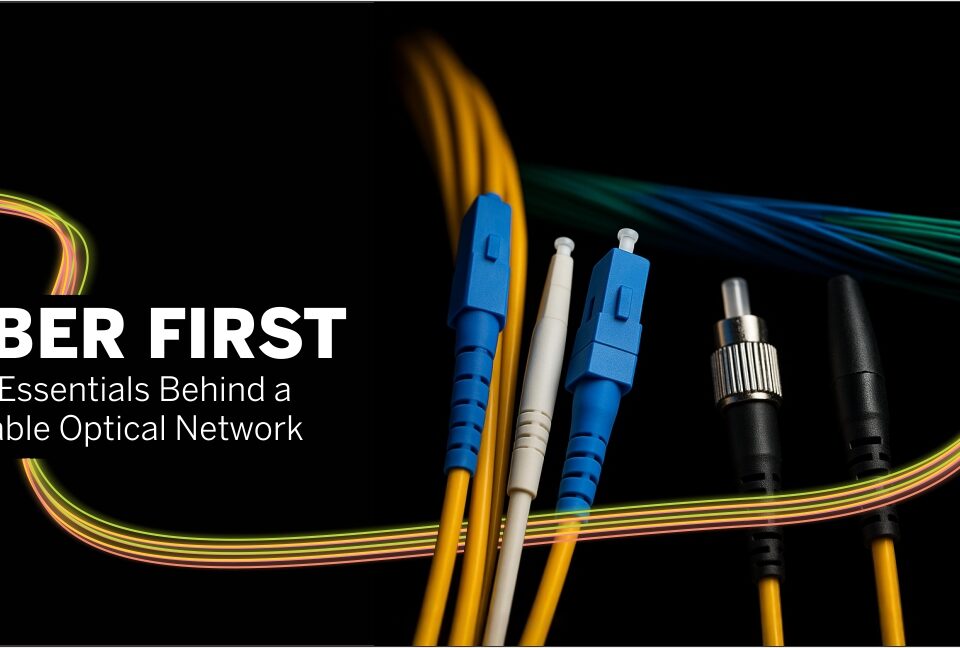Remote Fiber Monitoring System in Modern Fiber Network

Empowering 5G Excellence: End-to-End Testing Solutions from Lab to Live Network.
May 23, 2025
In today’s digitally connected world, the performance and reliability of fiber optic networks are more critical than ever. With the increasing demand for high-speed data transmission across telecommunications, enterprise, and utility sectors, any disruption in fiber infrastructure can lead to significant service outages, revenue loss, and customer dissatisfaction. To address this challenge, a Remote Fiber Monitoring System (RFMS) provides a proactive solution for continuous surveillance and management of fiber optic networks, ensuring timely fault detection and improved network resilience.
What is RFMS?
The Remote Fiber Monitoring System (RFMS) is an automated solution that utilizes Optical Time Domain Reflectometer (OTDR) technology to continuously monitor fiber optic links from a centralized location. Designed for 24×7 real-time monitoring, RFMS enables network operators to quickly detect and pinpoint faults such as fiber cuts, degradation, bending losses, or unauthorized access—often before services are impacted.
Key Features
- Continuous Monitoring – Round-the-clock fiber surveillance for early detection of faults.
- Real-Time Fault Detection – Immediate alerts with precise fault localization for faster response.
- Web-Based Interface – Remote access to monitoring, diagnostics, and control via a browser-based platform.
- Integration Ready – Supports standard protocols (e.g., SNMP) for seamless integration with existing network management systems.
- Scalable Architecture – Easily expandable from a few fiber routes to thousands of kilometers of fiber infrastructure.
Why RFMS is useful for us?
A Remote Fiber Monitoring System is a critical component in modern optical network operations. It offers high accuracy, rapid fault detection, and consistent performance under varying environmental conditions. By ensuring constant visibility of the fiber network’s physical layer, RFMS significantly enhances operational efficiency and network reliability.
Benefits of RFMS:
- Reduce downtime and maintenance costs
- Enhance service-level agreements (SLAs)
- Improve network reliability and customer satisfaction
- Prevent service disruptions through proactive monitoring and maintenance
Applications:
RFMS is widely applicable across various fiber network environments, including-
- Long-haul fiber networks
- Metro and access networks
- Fiber to the Home (FTTH) deployments
- Data centers and enterprise networks
- Smart grid and utility networks
Core Components of RFMS
The architecture of RFMS typically includes two key components – the RTU-EMS, which centrally manages all RTU devices, and the RTU (Remote Test Unit) that performs field-level optical testing and monitoring.
A. RTU-EMS (Element Monitoring System)
The RTU-EMS is a Linux-based central software platform that manages and controls all connected RTU devices in the network. It enables centralized configuration, scheduling of tests, real-time monitoring, alarm management, and data analysis across multiple RTU locations.
- Centralized Monitoring Interface – Offers a web-based GUI for real-time network visualization, configuration, and control.
- Automated Test Scheduling – Enables automated OTDR testing of fiber links at regular intervals or on-demand.
- Fault Detection and Alarming – Detects events such as fiber cuts, signal losses, or unauthorized access, and generates alarms with detailed information.
- Reporting and Data Analytics – Maintains historical data for each link, generates performance trends, and creates scheduled reports.
- User Access Control – Allows secure, role-based access for multiple users, with activity logging and audit trails.
B. RTU (Remote Test Unit)
The RTU (Remote Test Unit) is an on-site device equipped with OTDR capabilities for automated physical layer testing of fiber links. It detects faults, degradations, and intrusions in real-time and sends test results to the central EMS for analysis, reporting, and alarms.
- Field Installation – Deployed at network nodes or PoP locations
- Continuous or On-Demand Testing – Conducts OTDR scans to detect and pinpoint issues like breaks, excessive loss, or fiber degradation.
- Remote Communication – Connects to the central EMS server via IP-based network (LAN, VPN).
- Multi-Port Capability – Supports multiple test ports for monitoring several fiber paths from a single unit.
- OTDR Wavelength Support – Operates on multiple wavelengths — 1550 nm1625 nm, and 1650 nm — for both standard and in-service testing with live traffic.
- Monitoring Capabilities – Supports monitoring of both dark fibers and live fibers (via out-of-band wavelength, typically 1650 nm).





